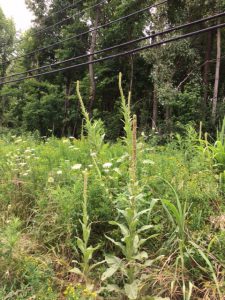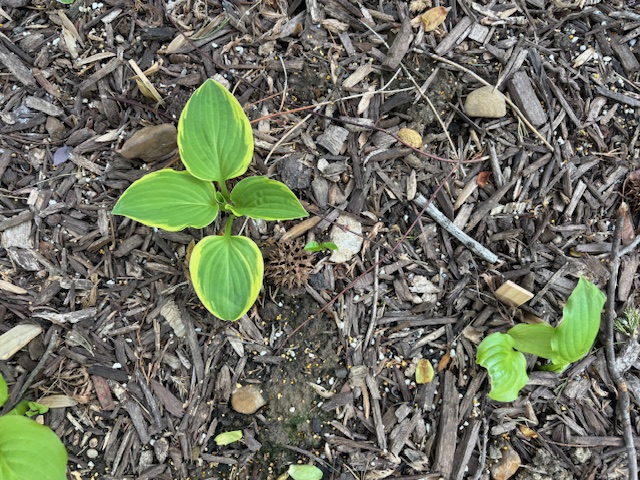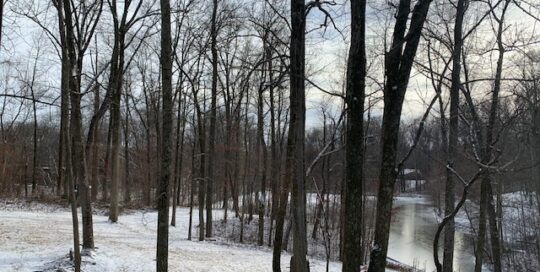Mullein (aka Hag’s Torch) in the Summer Garden
Views: 2707

Most of us have heard of medicinal uses for herbs and plants: the inner bark of the willow tree for headache and fever, the inner bark of the cherry tree for coughs, and the foxglove plant for the heart. Another medicinal plant is Mullein, now relegated to roadside ditches and open fields.
Mullein
Mullein (Verbascum thapsus) is quite a handsome plant, originally from Europe and Asia and brought to North America in the mid-1700’s. This biennial is now considered a weed, but I’ve (accidentally) grown it as an ornamental:
Probably twenty years ago, I was a single, working Mom with no money and a love for gardening. I installed a semi-circular garden on the south side of my home – eliminated the grass, double-dug the nasty clay soil and transplanted my precious plants that I always took with me every time I moved.
Problem was, I ran out of plants before I ran out of space. The very center of the very middle of my new garden bed was empty. It looked odd, but I figured I’d just have to wait until next year to obtain more plant materials from generous relatives or neighbors to fill in that spot.
Then, in the very center of the very middle of my new garden bed, something sprouted. It was a low-growing, basal rosette of very fuzzy, soft gray-green leaves. Hmmm….maybe a Lamb’s Ear plant? The large oval leaves were as soft and fuzzy as Lamb’s Ear (Stachys byzantine), but the leaves were much larger. I was curious and let it grow – at least it was filling in that empty space!
The next spring, the fuzzy plant was still there. By late spring, a stalk was rapidly growing out of the center of the plant and yellow flowers appeared on the stalk. The bees and butterflies were all over the flowers and several of the neighbors complimented me on that striking plant in the middle of my garden. I had finally figured out what it was, and somewhat sheepishly accepted their compliments.
History
Like many other previously cultivated plants which are now considered weeds, mullein was a medicinal plant valued and used by people before modern times. Today, its usefulness is again being recognized as a treatment for respiratory infections, bruises, burns, and earaches. Non medicinal uses included using the yellow flowers to make a yellow hair dye and as a flavoring ingredient in alcoholic beverages. Another name for mullein is “hag’s torch”. In the old days, people would dip the dried flower stalks in tallow, then light them.
If you’re at all curious, it’s worth doing a little internet research on mullein.
There’s a mullein plant which volunteered in one of my garden beds and it’s blooming now. I will cut the stalk off before it can set seed, but I may save the seeds and grow more next year (this time on purpose!)
Stay Green, Good Friends!
Meet Dona Bergman
Dona Bergman is a founding member, Southwest Indiana Chapter of the Indiana Native Plant & Wildlife Society, and an Advanced Master Gardener.







